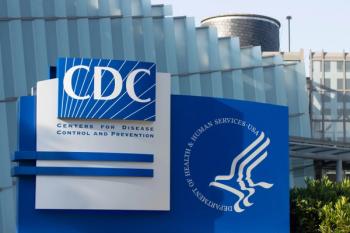
Critical Role of Children in Influenza Transmission
Gary Marshall, MD, discusses the critical role that children play in influenza transmission.
This is a video synopsis discussion involving Gary Marshall, MD:
Children, especially school-aged children, play a critical role in driving seasonal influenza epidemics through transmission of the virus, according to Gary Marshall, MD. While children themselves often experience mild symptoms, they spread influenza to younger siblings, other child contacts, and adults. Thus, children fuel community-wide outbreaks annually. Infants under 6 months have very high infection rates, second only to children aged 2 to 5. Influenza poses a significant disease burden in children, with about 20% infected yearly and 100 outpatient visits plus 30 emergency department visits per 1000 children occurring annually. Though children may not become severely ill as often as adults, Gary Marshall, MD, notes that flu complications and hospitalizations in very young infants can approach rates seen in the elderly. He argues that the burden of pediatric influenza is underappreciated given annual impact on children, families, and communities. Moreover this burden is largely preventable through vaccination and other measures. Yet children's role in propagating seasonal epidemics also facilitates virus transmission to vulnerable groups. Given their critical involvement in transmission, targeting children for prevention and control is key from both individual and population perspectives.
Video synopsis is AI-generated and reviewed by Contemporary Pediatrics editorial staff.
Newsletter
Access practical, evidence-based guidance to support better care for our youngest patients. Join our email list for the latest clinical updates.













